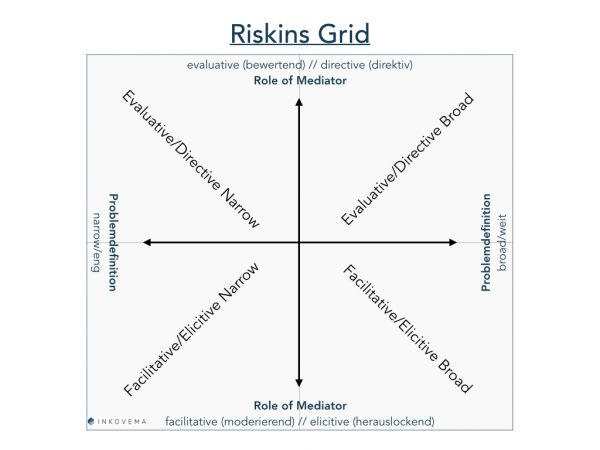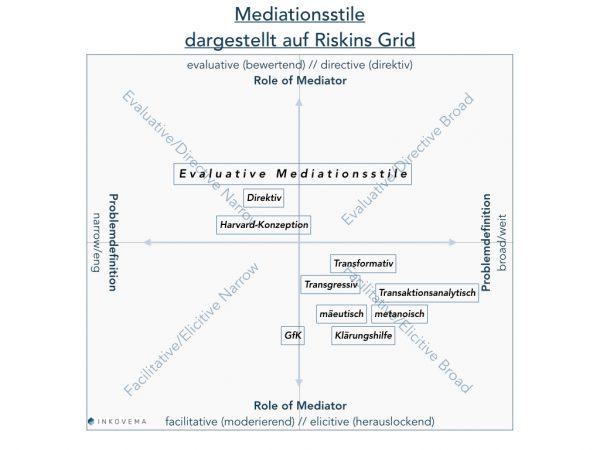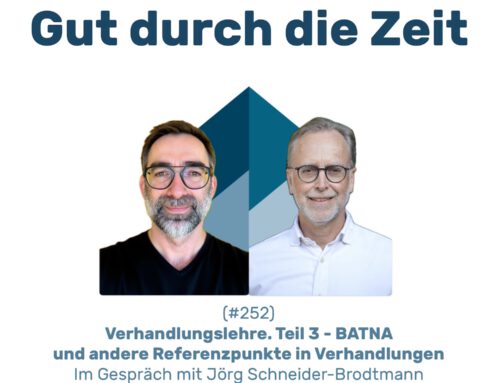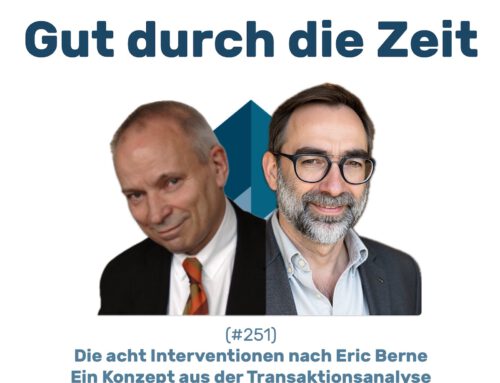Riskin's Grid
Maps of mediation (1 of 3)
I. Introduction
The one Mediation does not exist.
There are a variety of ways to mediate between conflicting parties in the role of a third party, to support them in their efforts to reach a settlement and to find solutions to the conflicting situation together. Although there are a multitude of possibilities, they nevertheless take place within frames of reference that are based on Basic assumptions and basic patterns based.
Example: Mediators generally assume that conflicts are not fated or ordained by God, but are caused by human beings and can therefore be shaped. Only on this basis does it make sense for the parties to the conflict (together with a third party) to consider together what can be done constructively.
Certain basic assumptions and patterns mean that there are clusters between all the personal mediation styles of mediators, mediation styles that are similar and have a certain Type of mediation style result.
In our small Series „Maps of Mediation“ is precisely about providing models and overviews that formulate and to a certain extent present the order and structures of mediation styles, their clusters and typical manifestations. After all, it is not that easy to observe different mediation styles (confidentiality of the process!). But a lot of research work will (be able to) remedy this situation.
II Maps of mediation
In our short series on mediation styles, we present three maps that illustrate and explain the differences and similarities.
The Prelude forms the map of Leonard Riskinan American lawyer and mediator, who in the 1990s presented a grid that takes up the two important dimensions of problem definition and mediator role.
In the next two articles on the maps of mediation, we will discuss the Meta-model of mediation by Nadja Alexander and the Basic ideas of mediation in more depth under the aspect of mediation styles.
Small series of articles on the maps of mediation styles
III Riskin's grid
The model by Leonard Riskin, an American law professor and mediator, is no longer entirely new, but is more than tried and tested. two dimensions mediative action:
- Definition of the problem = definition of the conflict issues
- Understanding the role of the third party with regard to influencing content
Mediators operate within these dimensions. The grid serves to create both a Overview of different mediation styles in view of the important basic values of mediation (influence of third parties on conflict resolution). On the other hand, it helps to Reflect on your actions as a mediator. It is therefore of good supervisory use.
1st dimension: „Problem definition“
On the problem definition dimension, there are the poles "Problem definition narrow" and "Problem definition broad", that span a continuum. There is – logically, a narrow and broad problem definition – and everything in between. A narrow definition of the problem sometimes only covers one level of perception (thinking, feeling, behaviour) and relates to a few areas (e.g. paying money, legality etc.) and ignores the others (e.g. friendship, ethics, kinship, dependencies etc.). In terms of system theory, they are not connectable. The broad definition of the problem is quite different, as it covers many areas and "causes" that may help to define and understand the problem in a more complex way and to find explanatory patterns. This becomes significant and recognisable Narrow-Broad-Continuum also in the search for a solution. This is because the definition of the problem controls - here too - the subsequent search for solution options.
2nd dimension: Role of Mediator
The second dimension describes the continuum of the intensity of the intervention and focuses on the mediator's approach. The interventions of the third party can be seen in the area of tension "Evaluative Role of Mediator" and "Facilitative Role of Mediator" to show. Riskin originally described this continuum as evaluating=evaluating and facilitative=moderating.
However, in order to be able to depict other practical phenomena in his model, he later changed the name of the dimension. In 2003, he reformulated the field of tension: directive=inviting and elecitive=eliciting.
Regardless of the details, this dimension is about the Role-related approach of the mediatorwhat he does and what he refrains from doing – and how he processes it.
Facilitative means that the mediator assumes a moderating role and thus an enabling, facilitating and simplifying role and task. He regularly refrains from making suggestions and recommendations.
Evaluative on the other hand, means that the mediator consciously and directly assumes an evaluative and judgemental role, makes recommendations and statements and makes suggestions for conflict resolution.
Elecitive means that the mediator acts to elicit, acts with a working hypothesis that there is still something hidden with and in the parties that needs to be discovered and channelled into the conflict and mediation communication.

IV. Mediation styles on the Riskins Grid map






Leave A Comment